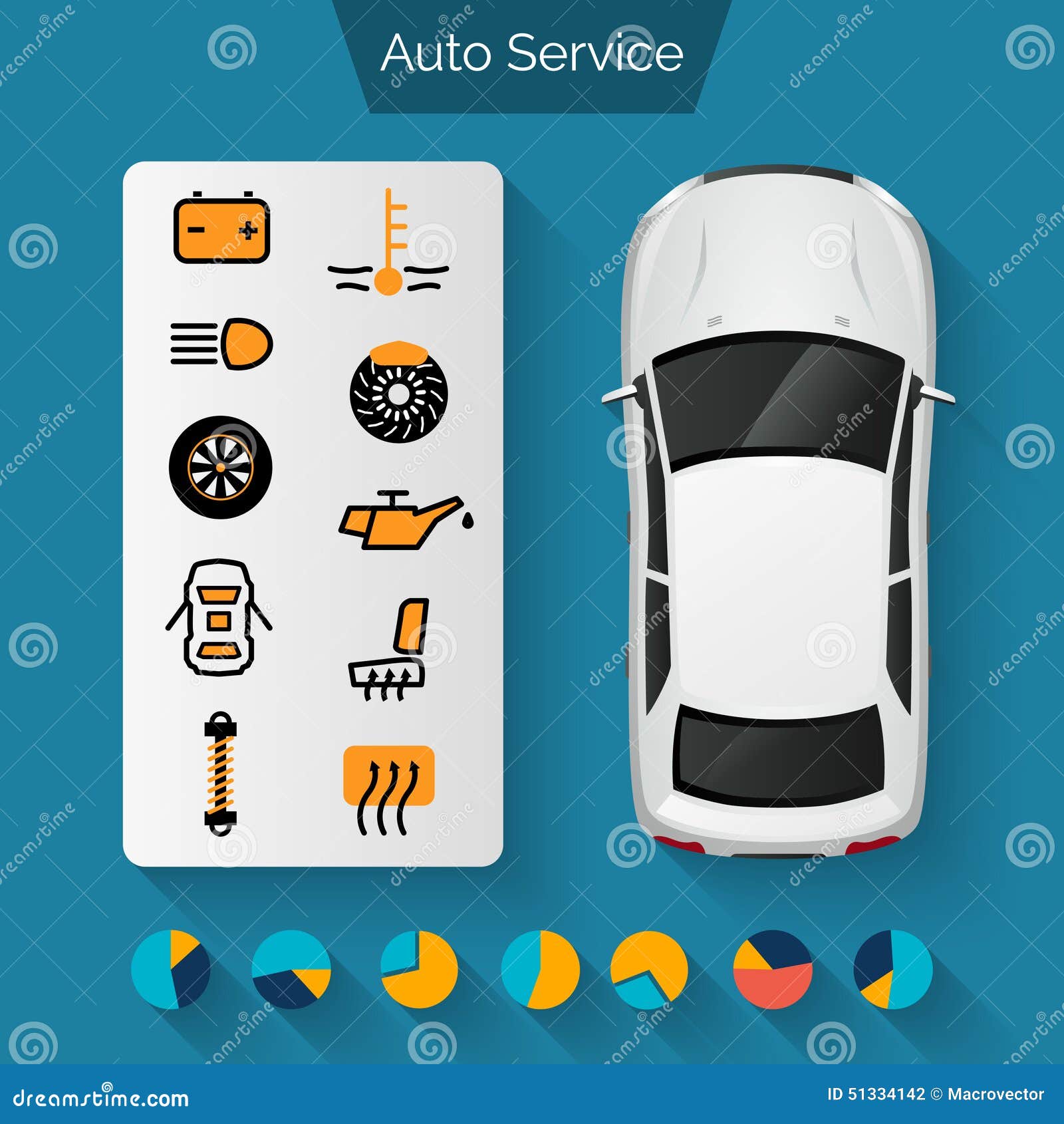Evaluating Your Vehicle'S Caution Indicators: What They Actually Share
Evaluating Your Vehicle'S Caution Indicators: What They Actually Share
Blog Article
Short Article Writer-Lim Gilbert
When you're behind the wheel, those beautiful warning lights on your control panel can be a bit complicated. Do you understand what they're trying to tell you concerning your automobile's health? Understanding the significance of these lights is crucial for your security and the long life of your lorry. So, the next time one of those lights turns up, would not you intend to decode its message precisely and take the needed steps to resolve it?
Common Caution Lighting and Interpretations
Determine common caution lights in your automobile and understand their significances to make sure secure driving.
The most typical caution lights include the check engine light, which signifies issues with the engine or exhausts system. If this light comes on, it's critical to have your vehicle checked promptly.
The oil stress warning light indicates reduced oil pressure, requiring prompt interest to avoid engine damages.
A blinking battery light may suggest a defective charging system, possibly leaving you stranded otherwise addressed.
The tire pressure tracking system (TPMS) light notifies you to low tire pressure, influencing automobile stability and fuel performance. Neglecting this could lead to harmful driving conditions.
The ABS light suggests a trouble with the anti-lock braking system, endangering your capacity to quit promptly in emergencies.
Last but not least, the coolant temperature level alerting light warns of engine getting too hot, which can lead to serious damages otherwise fixed swiftly.
Comprehending these usual warning lights will certainly assist you resolve issues quickly and keep safe driving conditions.
Value of Prompt Attention
Comprehending the common warning lights in your vehicle is just the very first step; the value of quickly addressing these cautions can not be highlighted enough to ensure your security when traveling.
When a caution light illuminates on your control panel, it's your car's way of interacting a prospective problem that requires interest. Ignoring these warnings can result in extra serious problems down the road, jeopardizing your security and potentially costing you much more in repairs.
Prompt interest to alerting lights can stop failures and mishaps. For please click the next document , a flashing check engine light can show a misfire that, if left unattended, might create damage to the catalytic converter. Resolving https://elliotwmctk.webbuzzfeed.com/32655716/mobile-auto-explaining-comfort-meets-top-quality-for-your-automobile can save you from a pricey repair.
Likewise, a brake system cautioning light could indicate low brake liquid or worn brake pads, crucial elements for your safety when driving.
DIY Troubleshooting Tips
If you notice a caution light on your control panel, there are a couple of DIY fixing ideas you can attempt prior to looking for professional assistance.
The very first step is to consult your automobile's manual to recognize what the specific caution light shows. Sometimes the problem can be as basic as a loose gas cap activating the check engine light. Tightening up the gas cap may fix the issue.
Another common problem is a reduced battery, which can trigger various warning lights. Inspecting https://www.repairerdrivennews.com/2022/04/19/economist-collision-industry-reps-rising-costs-expected-to-get-worse-labor-rates-costs-continue-to-be-mismatched/ for deterioration and guaranteeing they're safe and secure could repair the problem.
If a warning light continues, you can try resetting it by disconnecting the car's battery for a couple of minutes and after that reconnecting it. In addition, checking your car's fluid levels, such as oil, coolant, and brake fluid, can assist troubleshoot warning lights related to these systems.
Conclusion
Finally, understanding your cars and truck's caution lights is essential for maintaining your car running smoothly and safely. By promptly resolving these informs and knowing what they imply, you can avoid expensive repairs and potential breakdowns.
Keep in mind to consult your cars and truck's guidebook for particular information on each cautioning light and act as necessary to guarantee a trouble-free driving experience.
Stay educated, remain in car detailing when driving!
